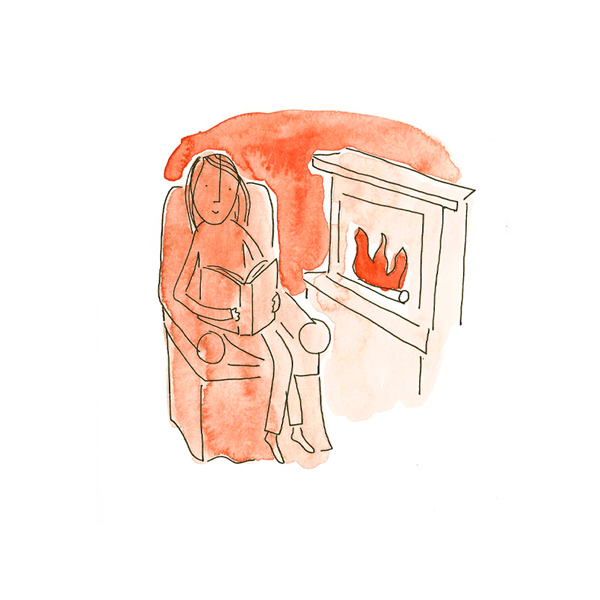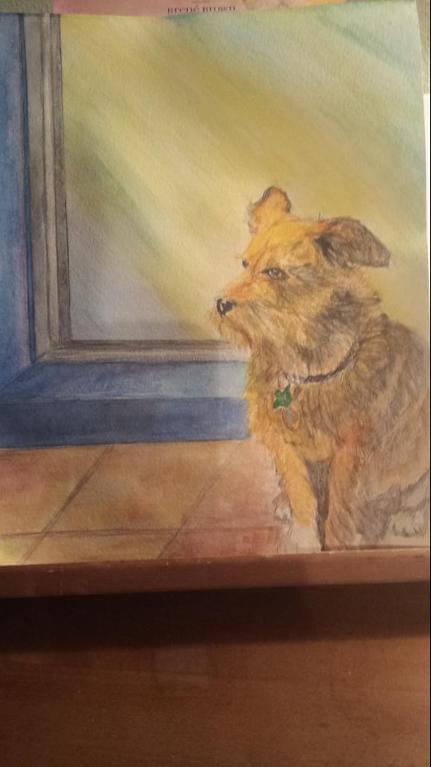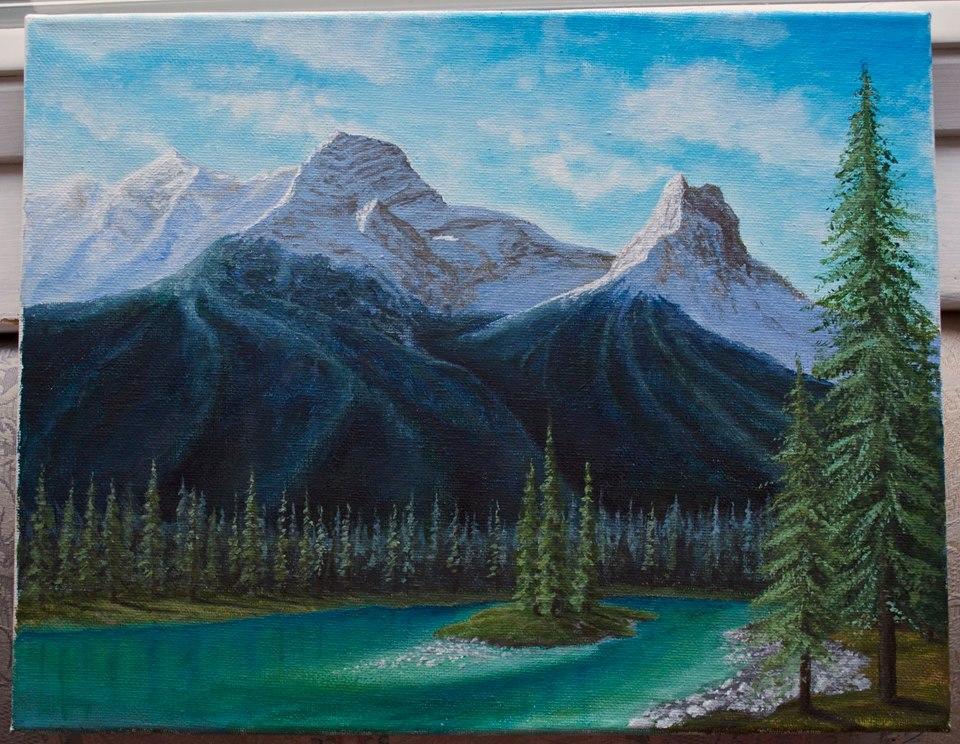Looking for a way to show emotion in your artwork? It’s simple: Show your true colors.
Color can be a powerful way to convey emotion in your illustration or fine artwork. It can be used to create a literal mood, such as a blue-grey rainy scene or a bright yellow breakfast nook in a kitchen; but it can also be used more figuratively to subtly evoke emotion through objects and characters.
Let’s tour the rainbow and discuss some of the ways that each color can be used to convey emotion in your artwork.
Red
Passion / desire
Use red tones to set the scene can create a sense of romance and desire. It doesn’t have to be between characters; using red can also imply a passion for a thing, such as this character’s passion for music.
Anger
Make characters’ faces red to convey anger; pair the color with downward facing eyebrows to show an angry expression. Likewise, paired with a different expression it can show shame.
Orange

Warmth
Orange can convey warmth, either in a character or in a scene. Dressing characters in orange, or surrounding them with orange details, can be a subtle way of showing a sense of warmth, both literally and figuratively: it can also convey a sense of safety and comfort.
Yellow

“Contemplation in the light” via Craftsy member pamwillia0
Quiet
Conjure in your mind a scene of a cozy breakfast nook flooded in sunlight. This is a quiet yet sweet sense that can be conveyed with yellow, by incorporating sunbeams or highlights in your artwork.

Joy
Yellow is a fantastic way to show a sense of joy in your artwork. Whether it’s by incorporating bright daffodils in a nature scene or showing a character wearing a yellow rain slicker, it’s a color that makes you want to smile.
Green

“Reading nook with a view” via Craftsy member Christina Youdan-Pfistershammer
Peace
Green can create a sense of natural sanctuary. Lush greens in your artwork can evoke a calming countryside; use it in backgrounds and natural scenes to convey a sense of calm.
Jealousy
Green with envy maintains cliche status because it’s an effective artistic trick. A green face will instantly make a character seem envious or jealous, making it a tried and true way of showing an otherwise hard-to-capture emotion.
Blue
Sadness
To be “blue” is to be sad, so it makes sense that blue is an effective tool in showing sadness in your art. Incorporating blues into the scene can be effective in showing sadness, and is especially effective when paired with a character’s sad expression.

Tranquility

Mount Lougheed via Craftsy member Darren Umbsaar
Blue can also show a sense of tranquility and peace. It’s a beautiful color to include in calm, cooling naturalistic scenes. With characters, it’s all about expression: if a character has a calm expression, this changes the meaning of the blue color scheme from sad to serene.
Violet

“Yori” via Craftsy member marina_mi2561450
Attention-grabbing
Want a showstopping color? Choose violet. When employed in a piece of art, it instantly draws the eye in to the piece. Whether it’s used to create a vibrant magical realist sky or to create bold flower buds, it is a color that can evoke creativity and magic.

Share tips, start a discussion or ask one of our experts or other students a question.
No Responses to “True Colors: Using Color to Convey Emotion in Art”